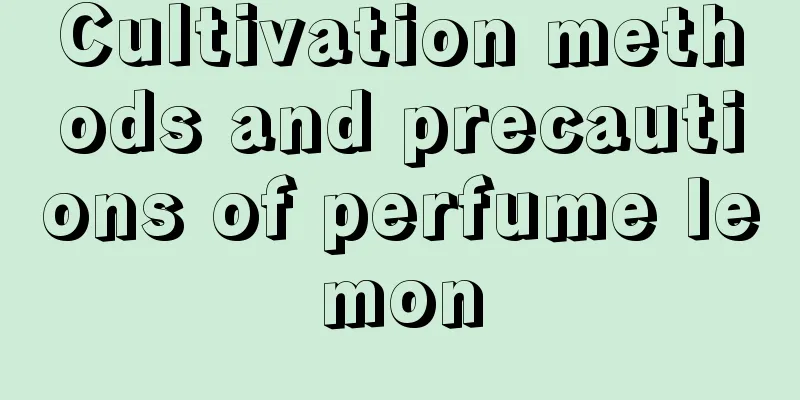Common diseases of dragon blood tree and their prevention and control methods

Common diseases of dragon blood tree: Alternaria black spotSymptomsThe black spot disease of Alternaria officinalis mainly harms the leaves of Dracaena. The leaves of Dracaena develop irregular or nearly circular spots, with brown circles around the leaves and grayish white in the center. The diseased parts are covered with densely packed small black mold spots, which are the conidiophores and conidia of the pathogen. The disease is more likely to occur and become more severe during the rainy season or when the air humidity is high or there is a lack of fertilizer. Pathogen analysisThe pathogen Alternaria sp. is a type of chain spore, belonging to the class of Ascomycetes. Conidiophores are usually unbranched, have obvious spore scars, are septate, and are 14-48×6-13 (μm) in size. Conidia are obclamped, with 3-18 septa, the transverse septa are constricted inward, and there are 0-15 mediastinum. The pathogen overwinters in the form of mycelium on diseased parts or diseased fallen leaves, and produces conidia in the following spring that are spread by wind and rain. Alternaria black spot disease on dragon blood tree: prevention and control methodsSmokedAfter closing the doors and windows at the turn of spring and summer every year, use 200g of 45% Benomyl smoke agent for fumigation overnight for every 667㎡, which can kill most of the pathogens and reduce the incidence of disease. It is recommended to use "Fu Teng" brand temperature-controlled electric sulfur evaporator, which uses electric heat to make sulfur or other bactericides enter the protected area in a vapor state and diffuse evenly to completely sterilize. Chemical controlAfter the disease occurs, in addition to the above-mentioned smoke method for prevention and control, you can also spray 400-500 times diluted 40% Benomyl suspension or 1000 times diluted 50% Promethazine wettable powder, 500 times diluted 70% Mancozeb wettable powder, 500 times diluted 80% Penke wettable powder, once every 10 days or so, for 3-4 times of prevention and control. Prevent problems before they happenCarefully maintained. Dracaena prefers high temperature, humidity and semi-shady environment. The suitable temperature for growth is 20-25℃. The winter temperature should be higher than 5℃. The potting soil must be well drained. Direct sunlight is too strong in summer and the leaf tips will be burned. Sufficient water should be supplied during the growth period. Water should be sprayed frequently on the leaves or around the plants to increase the air humidity. Fertilize once a month to enhance disease resistance. |
<<: Diseases and prevention methods of dianthus
>>: Diseases and prevention methods of cockscomb
Recommend
Cultivation methods and precautions of Gaoyue Rhododendron
1. Breeding methods 1. Growth habits Since this f...
Reasons why lilac does not bloom
1. Increase lighting 1. Reason: If the light dura...
What are the cultivation methods and precautions for roses?
Rose cultivation method Rose is a plant of the Ro...
How Phalaenopsis survives the summer
How Phalaenopsis survives the summer The most imp...
Can tuberose be placed in the bedroom?
Is it poisonous? Tuberose has a strong floral sce...
How to prune a Chinese rose tree
When is the best time to prune a rose tree? Rose ...
What to do about crabapple leaf rust? What's wrong with dry leaves?
1. What to do about leaf rust Rust disease is mor...
Can Hoya be hydroponically cultivated? Is hydroponics better or soil cultivation better?
Can Hoya be hydroponically cultivated? Hoya can b...
What is the best altitude for growing kiwifruit (environmental and geographical conditions of the growing area)?
Where is kiwifruit suitable for growing? Kiwi is ...
How often should I water the winter jasmine?
How often should I water the winter jasmine? The ...
How does the fire-breathing dragon survive the winter?
1. Exposure to sunlight The sunlight outside in w...
What to do if the roots of green bamboo rot in winter
1. Cut off rotten roots After discovering that th...
How to manage Christmas cactus in autumn and winter? Can it be propagated by cuttings in autumn and winter?
1. How to manage Christmas cactus in autumn and w...
How to grow Christmas cactus in winter
1. Adequate sunlight Christmas cactus usually blo...
What to do if Luo Han bamboo is infested with insects
1. Bamboo locust This insect has a good growth ab...









